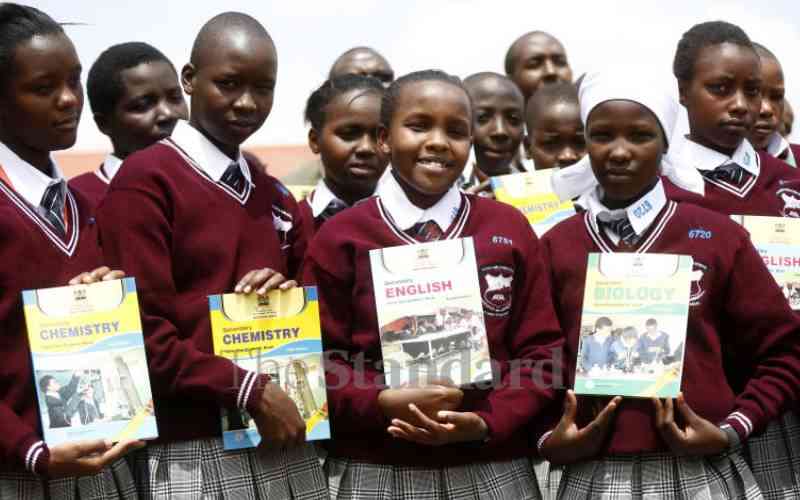×
The Standard e-Paper
Read Offline Anywhere

Secondary school students, teachers and principals have reported insufficient supply of textbooks by the government for core subjects.
The findings are contained in the Monitoring Learner Achievement Form 2 Midline Survey conducted by the Kenya National Examinations Council (Knec).